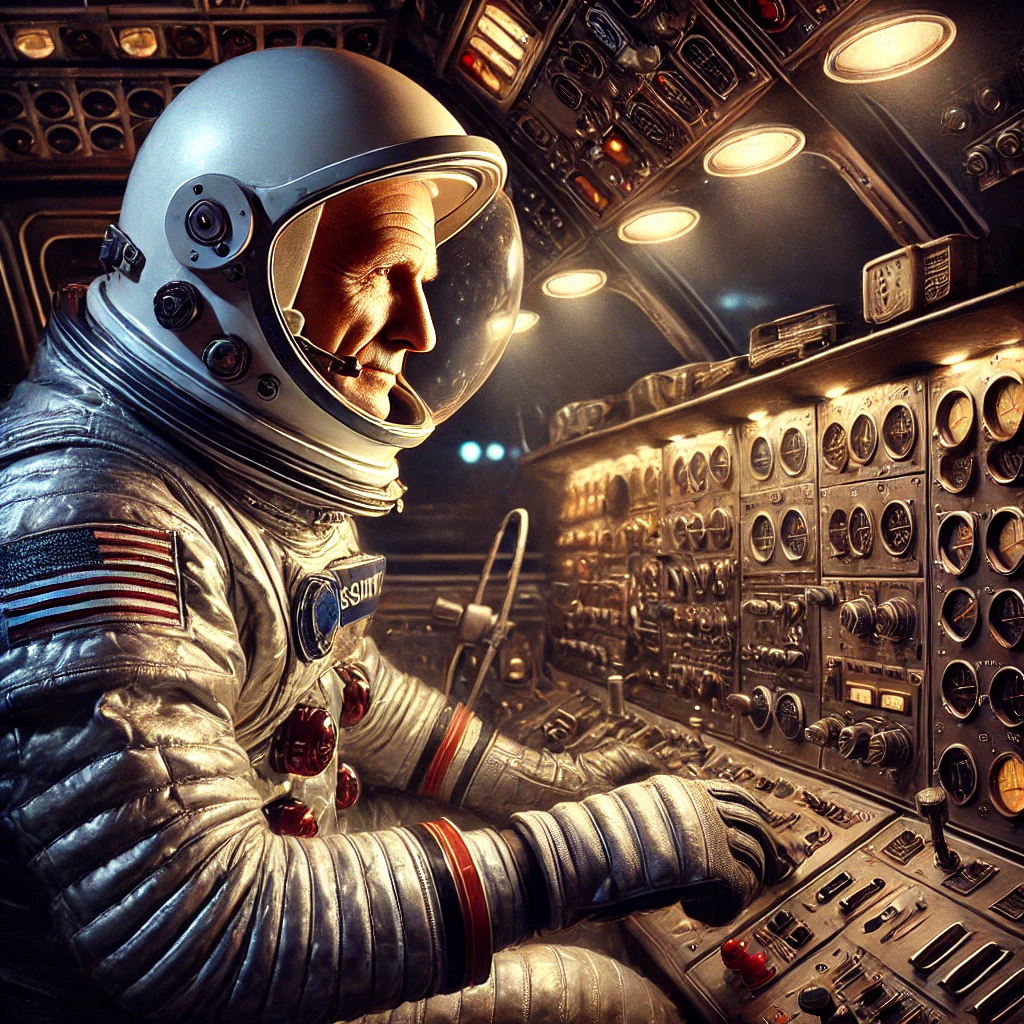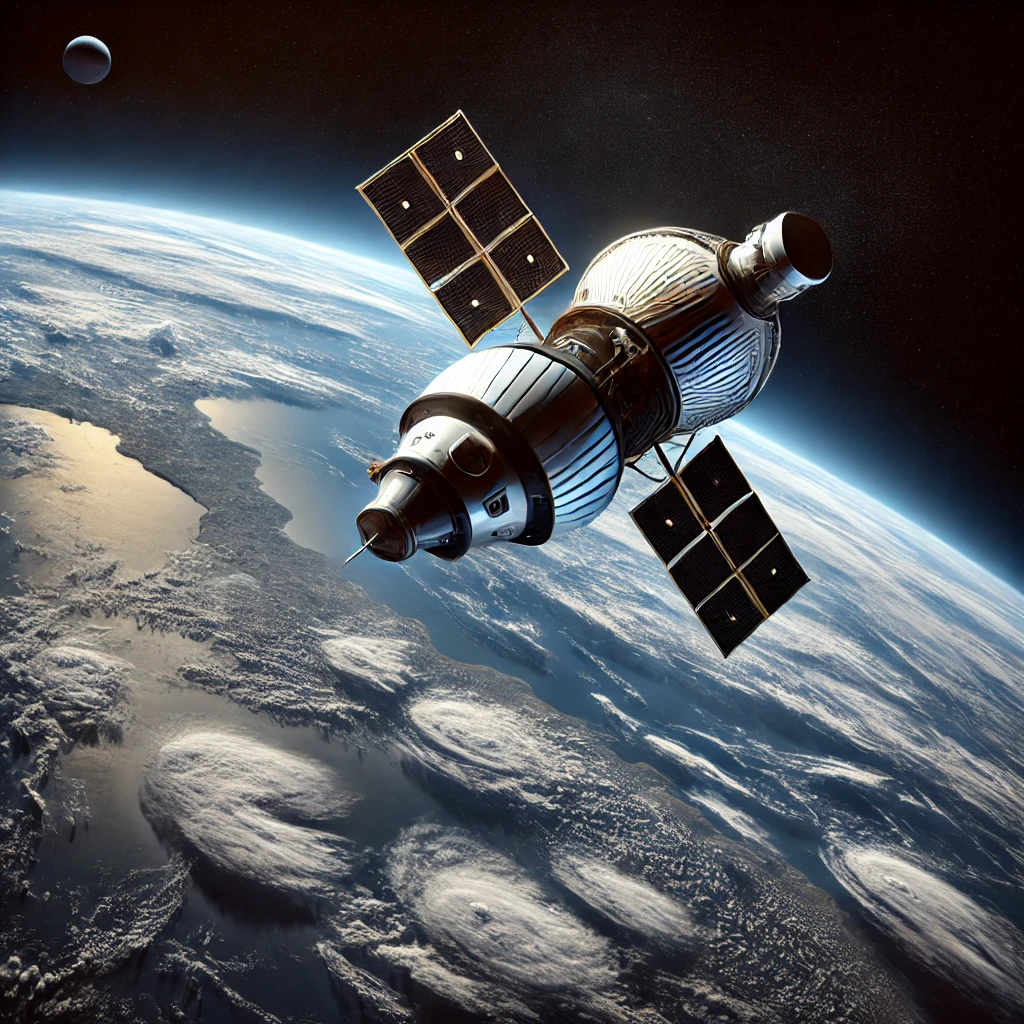On February 20th, 1962, American astronaut John Glenn became the first person to orbit the Earth aboard the Friendship 7 spacecraft. Glenn’s historic flight marked a significant milestone in space exploration and the ongoing quest to explore the cosmos. His mission was a critical achievement for NASA and the United States during the intense Space Race of the Cold War era.

The Mission and Its Challenges
John Glenn’s orbital flight was part of NASA’s Mercury-Atlas 6 mission, a crucial step in proving that humans could survive and function in space for extended periods. Launched from Cape Canaveral, Florida, the Friendship 7 spacecraft completed three orbits around the Earth in just under five hours, reaching speeds of over 17,000 miles per hour. However, the mission was not without its challenges. A suspected heat shield malfunction raised concerns that the spacecraft might not survive re-entry. Glenn manually piloted the capsule to ensure stability, and fortunately, the heat shield held, allowing him to return safely to Earth, splashing down in the Atlantic Ocean.
A Turning Point in the Space Race

Glenn’s successful mission provided a much-needed boost to the United States in its competition with the Soviet Union, which had already sent Yuri Gagarin into orbit in 1961. The achievement reinforced American confidence in NASA’s capabilities and paved the way for future manned space missions. His flight demonstrated that the U.S. was making significant progress in space exploration, setting the stage for the Gemini and Apollo programs that would follow.
Beyond the geopolitical impact, Glenn’s flight captured the imagination of people worldwide. It inspired a new generation of scientists, engineers, and astronauts who would push the boundaries of space travel in the decades to come. His bravery and skill transformed him into a national hero, earning him widespread recognition and accolades.
Lasting Impact on Space Exploration

John Glenn’s historic orbit laid the foundation for future advancements in human spaceflight. The lessons learned from the Mercury program influenced later missions, including the Apollo moon landings and the development of the Space Shuttle program. Glenn himself continued to inspire the space community when, at the age of 77, he returned to space aboard the Space Shuttle Discovery in 1998, becoming the oldest person to fly in space.
Today, Glenn’s legacy lives on in continued space exploration efforts, including missions to the International Space Station and ambitious plans for Mars exploration. His pioneering journey aboard Friendship 7 remains a symbol of human curiosity and determination to reach beyond our planet’s boundaries. More than six decades later, his contribution to spaceflight continues to shape the future of interstellar exploration.
